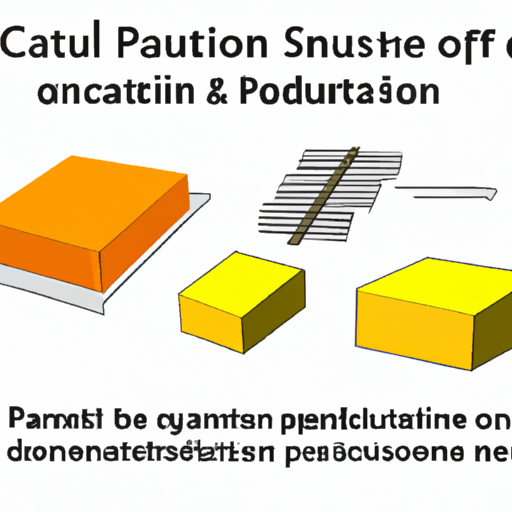Title: Common Production Processes for Isolation Transformers

1. Design and Specification: The production process of isolation transformers begins with the design and specification phase. Engineers analyze the requirements and specifications provided by the customer or industry standards to determine the transformer's electrical characteristics, such as voltage rating, power rating, frequency, and insulation class. The design phase also involves selecting the core material, winding configuration, and determining the physical dimensions of the transformer.
2. Core Selection and Preparation: The core material plays a crucial role in the performance of an isolation transformer. Common core materials include laminated iron, ferrite, and amorphous metal alloys. The selection of the core material depends on factors such as the desired frequency response, power handling capacity, and cost considerations. Once the core material is chosen, it is prepared by cutting and shaping it into the required dimensions.
3. Winding: The winding process involves the precise placement of copper or aluminum wires around the core to create the primary and secondary windings. The wire gauge, number of turns, and insulation material are determined based on the transformer's electrical specifications. The winding process can be manual or automated, depending on the transformer's size and complexity. Careful attention is given to ensure proper insulation between the windings and the core to prevent electrical leakage and ensure safety.
4. Insulation and Impregnation: After the winding process, the transformer is subjected to insulation and impregnation processes. Insulation materials such as varnish, epoxy, or polyester tape are applied to the windings to provide electrical insulation and mechanical protection. The transformer is then placed in a vacuum chamber to remove any trapped air and impregnated with a suitable insulating material to enhance its dielectric strength and thermal conductivity.
5. Encapsulation and Enclosure: To protect the transformer from external factors such as moisture, dust, and physical damage, it is encapsulated in a suitable material. Encapsulation can be done using epoxy resin, silicone rubber, or other thermosetting materials. The encapsulation process ensures the transformer's durability and enhances its resistance to environmental conditions. Additionally, an enclosure is added to provide mechanical support and facilitate mounting in various applications.
6. Testing and Quality Control: Once the production process is complete, isolation transformers undergo rigorous testing to ensure they meet the required specifications and safety standards. Various tests, including insulation resistance, dielectric strength, temperature rise, and load regulation, are conducted to verify the transformer's performance and reliability. Quality control measures are implemented throughout the production process to identify and rectify any defects or deviations from the desired specifications.
Conclusion: Isolation transformers are vital components in electrical systems, providing electrical isolation and ensuring the safe and efficient operation of various devices. The production process of isolation transformers involves several critical steps, including design and specification, core selection and preparation, winding, insulation and impregnation, encapsulation, and testing. Each step contributes to the overall performance, reliability, and safety of the transformer. By understanding the common production processes involved in manufacturing isolation transformers, we can appreciate the complexity and importance of these devices in modern electrical systems.